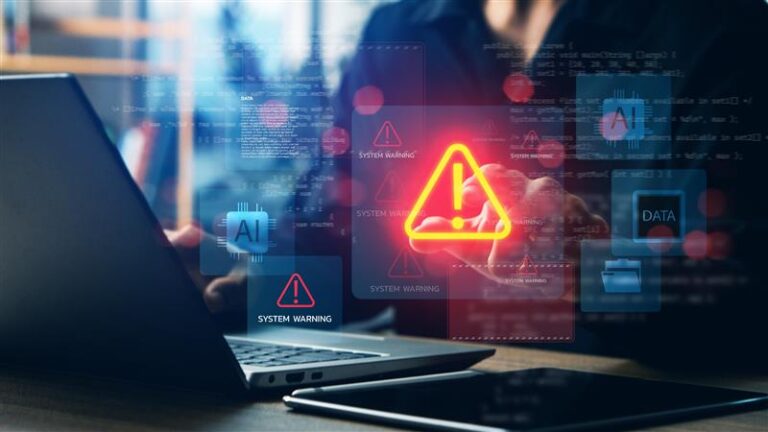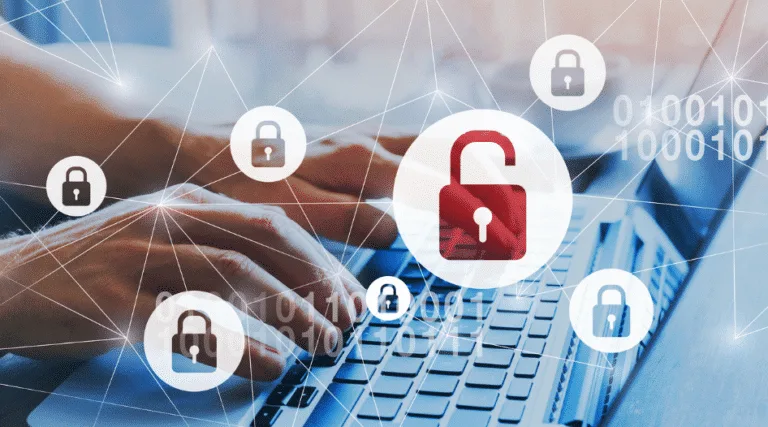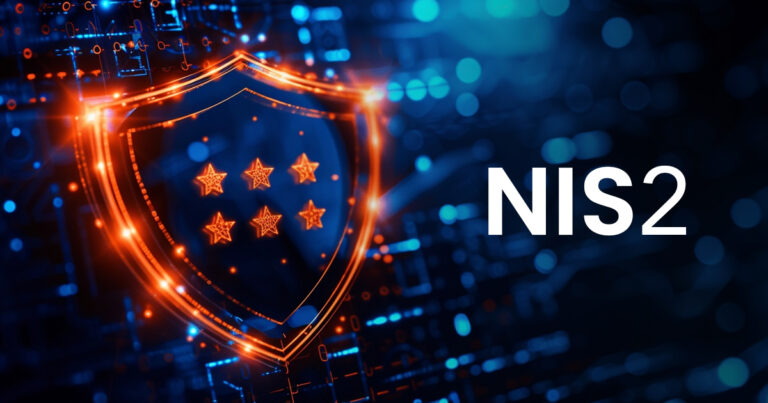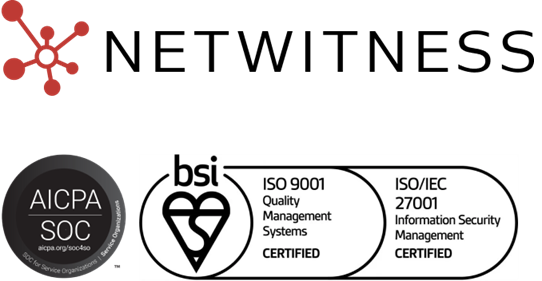Security teams today face a nonstop flood of alerts and log data. Sorting noise from real threats can feel impossible without the right strategy. That’s where Security Information and Event Management (SIEM solutions) step in. They collect, correlate, and analyze security data so your team can spot and respond to threats before they escalate.
This guide breaks down the major types of SIEM software solutions, highlights their key differences in a quick-reference table, and shows how a platform like NetWitness SIEM helps security leaders stay ahead of modern attacks.
What SIEM Solutions Actually Do
Before diving into categories, let’s get clear on the mission. A security event information management system ingests logs from every corner of your infrastructure – network devices, endpoints, cloud services, and applications. It then normalizes, correlates, and enriches that data to detect suspicious activity.
Modern SIEM security solutions go beyond log management. They offer real-time threat detection, advanced analytics, and automated workflows. That evolution matters because attackers now move faster than manual processes can handle.
Core Types of SIEM Solutions
1. On-Premises SIEM
Traditional on-premises SIEM software solutions run inside your own data center. You control the hardware, data storage, and configurations. This approach appeals to organizations with strict data residency requirements or heavily regulated industries such as finance and government.
2. Cloud-Native SIEM
Cloud-native or SaaS-based SIEM security solutions deliver flexibility and easier scaling. Vendors handle infrastructure, updates, and availability, while your team focuses on detection and response.
This model works especially well for enterprises operating within a single geographic region. However, when organizations span multiple regions, compliance requirements add complexity. Privacy laws in many countries mandate that logs generated locally must remain within national borders. For multi-region enterprises, that means evaluating how a cloud-based SIEM manages data sovereignty and whether it supports localized collection and storage.
3. Hybrid SIEM
A hybrid security information and event management (SIEM) solution blends both worlds. You can keep sensitive or regulated data on-premises, while storing cloud-native logs in the cloud. The advantage is the ability to analyze everything together from a single pane of glass. This model supports compliance with regional data laws while still giving your analysts a unified view of threats across environments.
| Deployment Type | Primary Advantage | Key Consideration | Ideal Use Case |
| On-Premises SIEM | Full control over data and infrastructure | Requires significant in-house maintenance and scaling | Highly regulated industries needing strict data residency |
| Cloud-Native SIEM | Rapid deployment and elastic scaling (best suited for a single region) | Regional privacy laws may require logs to remain in-country, limiting cross-region collection | Organizations operating mainly within one region or with localized compliance needs |
| Hybrid SIEM | Keep on-prem data on-prem and cloud logs in the cloud, but analyze all from a single pane of glass | Requires careful integration to maintain unified visibility and compliance | Enterprises balancing regulatory requirements with the need for centralized analysis |
Key Capabilities to Evaluate
Regardless of deployment type, strong SIEM solutions share several capabilities:
- Advanced analytics to detect hidden threats
- Automated response to speed containment
- Scalable architecture to handle growing data volumes
- Integration with EDR, NDR, and SOAR tools to provide full visibility
- Compliance reporting for frameworks like PCI-DSS, HIPAA, and GDPR
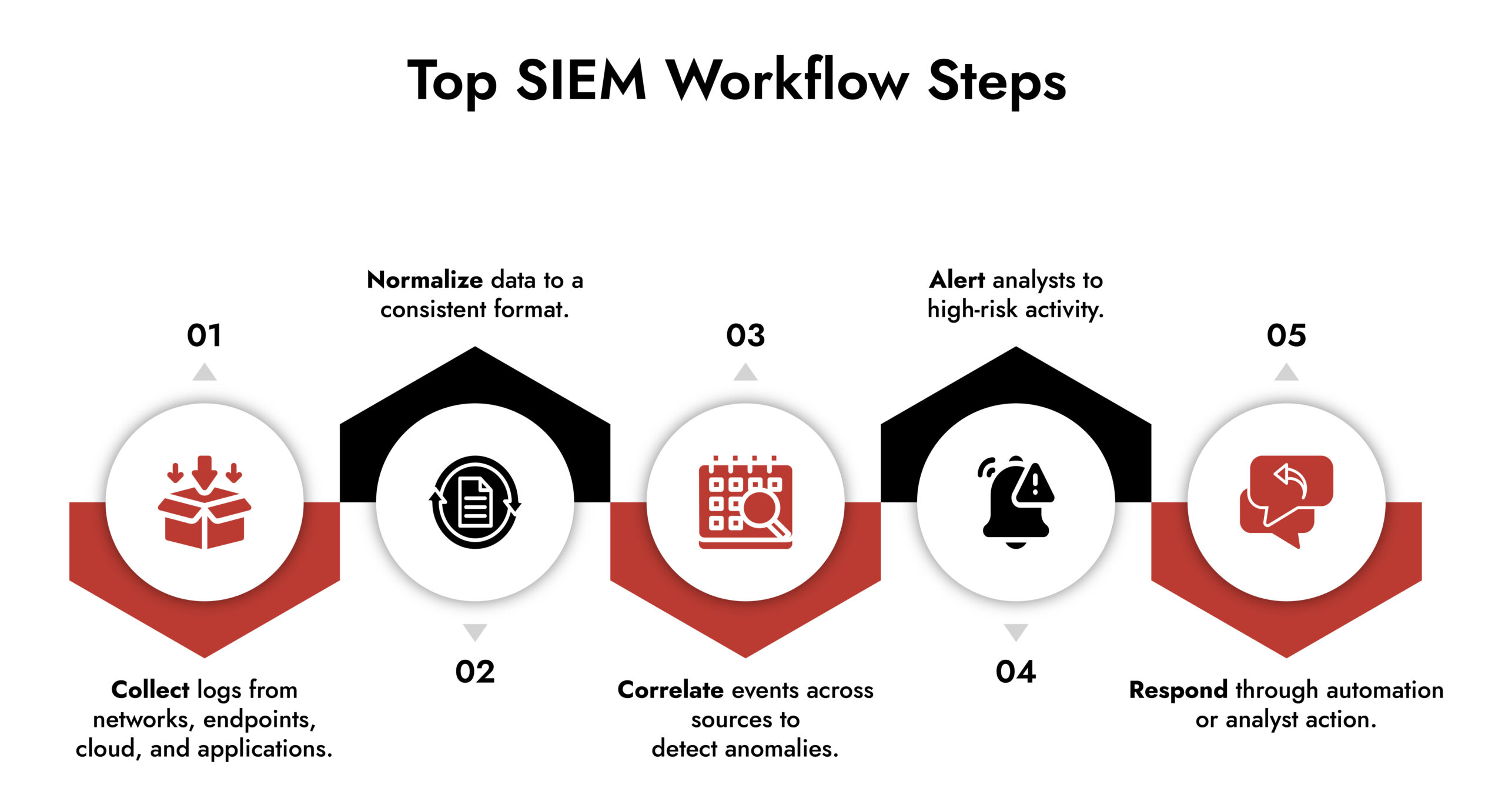
NetWitness SIEM in the Security Stack
NetWitness SIEM does more than collect and correlate logs – it delivers an investigation-ready view of the entire enterprise. The platform ingests data from networks, endpoints, cloud workloads, and applications, then applies advanced analytics and machine learning to uncover threats that would otherwise hide in routine traffic. Analysts gain a real-time, unified picture of activity across on-premises and cloud environments, making it easier to trace the full scope of an incident and respond before damage spreads.
Key strengths:
Advanced analytics and behavioral detection
NetWitness uses machine learning and user/entity behavior analytics to spot subtle anomalies that signature-based tools miss. This helps detect insider threats, lateral movement, and zero-day attacks early in the kill chain.
Deep integration across the security ecosystem
Open APIs and native connectors allow seamless integration with Endpoint Detection and Response (EDR), Network Detection and Response (NDR), and Security Orchestration Automation and Response (SOAR) platforms. This creates end-to-end visibility and enables automated containment actions.
High-speed investigation and response
The platform’s indexed data lake and intuitive query tools let analysts pivot through terabytes of logs in seconds. They can reconstruct attack timelines, hunt for indicators of compromise, and act fast, reducing mean time to detect and respond.
Flexible, enterprise-ready deployment
NetWitness supports on-premises, cloud, and hybrid environments. Organizations can keep sensitive data in their own infrastructure while leveraging cloud analytics for scalability or go fully cloud-native for rapid deployment and easier management.
Compliance and reporting built in
Pre-built templates streamline reporting for frameworks like PCI DSS, HIPAA, GDPR, and SOX, cutting the time teams spend preparing for audits.
By correlating events across every layer of the infrastructure and providing rich context for each alert, NetWitness SIEM helps security operations centers focus on real threats instead of sifting through endless false positives. The result is a faster, more confident response to advanced attacks and a stronger overall security posture. 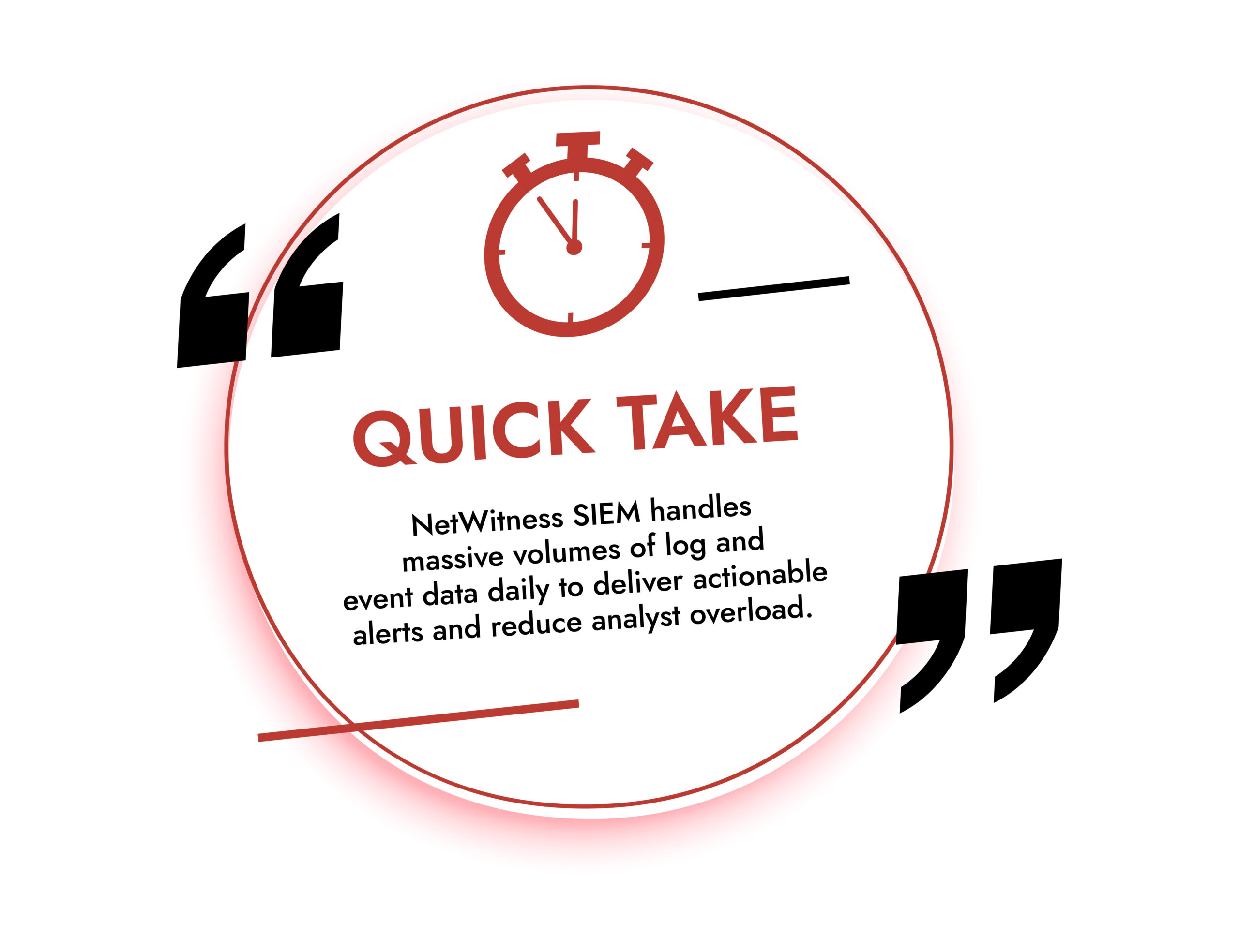
Conclusion
The right SIEM is not just a compliance checkbox. It is the heart of modern threat detection and response. Whether you choose on-premises, cloud, hybrid, or managed services, focus on scalability, analytics, and integration with your broader security architecture.
NetWitness SIEM delivers those capabilities with the flexibility to fit complex enterprise environments. To see how it can strengthen your defense strategy, explore the NetWitness SIEM solution.
Elevate Threat Detection and Response with NetWitness® SIEM
-Correlate data across users, logs, and network for unified visibility.
-Detect advanced threats with AI-driven analytics and behavioral insights.
-Accelerate investigations using automated enrichment and guided workflows.
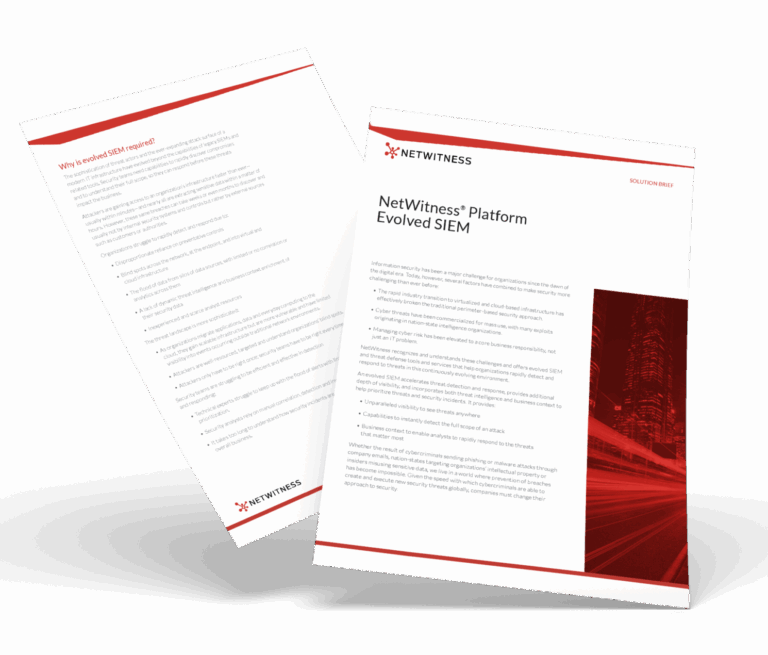
Frequently Asked Questions
1. What is a SIEM solution?
A SIEM solution is a security information and event management platform that collects and analyzes logs from across an IT environment to detect and respond to threats.
2. How do SIEM security solutions differ from log management tools?
Log management stores data. SIEM security solutions analyze it in real time, using correlation and analytics to identify attacks.
3. What are the common features of the best SIEM solutions?
The best SIEM solutions include real-time threat detection, advanced analytics, automated response, compliance reporting, and integration with other security tools like EDR, NDR, and SOAR.
4. How do I choose the best on-premises SIEM solutions for my organization?
When selecting on-prem SIEM solutions, focus on scalability, analytics capabilities, and integration with your existing security stack. Look for features that support compliance reporting, advanced threat detection, and high-speed investigations to ensure the system delivers long-term value.
5. Is NetWitness considered one of the top SIEM software platforms?
NetWitness ranks among the best SIEM solutions for enterprises that need advanced analytics, flexible deployment, and deep integration with threat detection tools.

